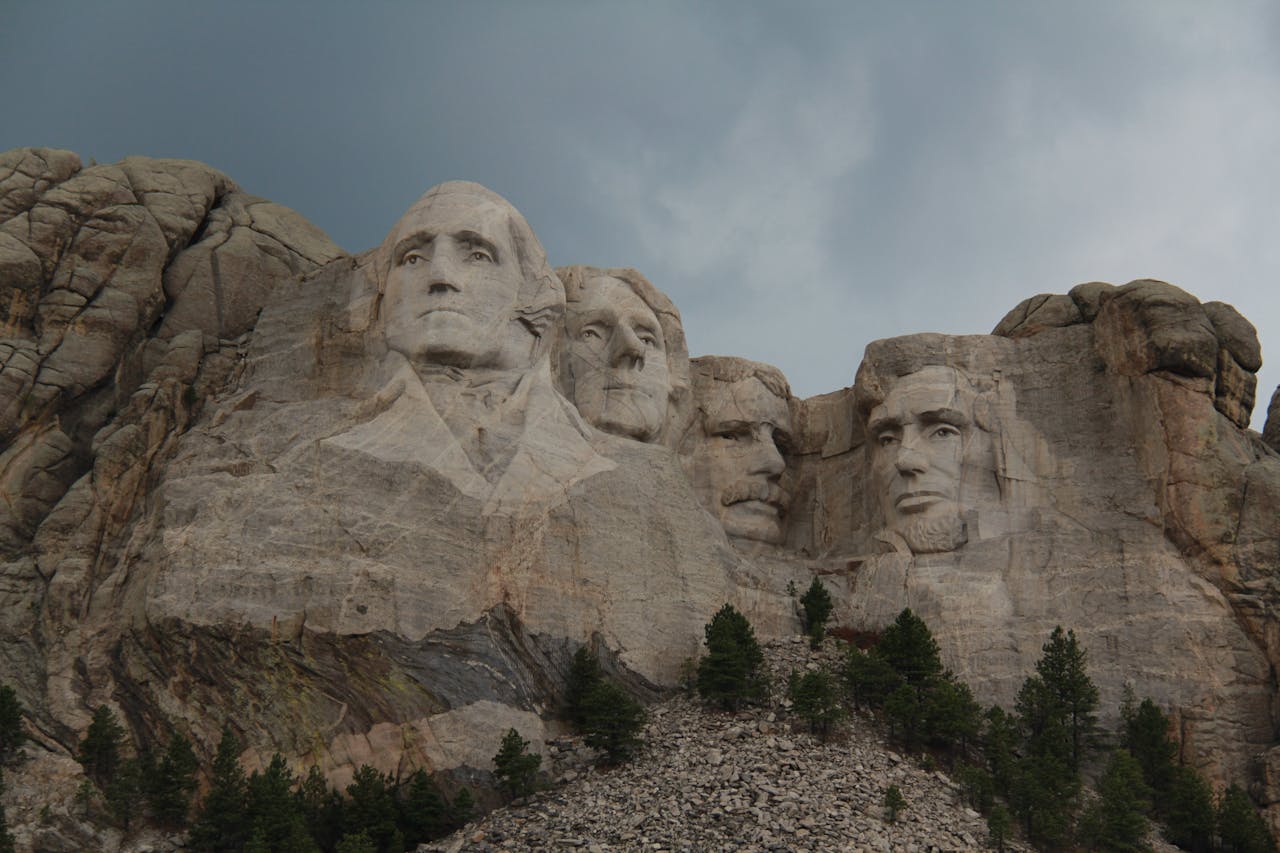Mount Rushmore stands as one of America’s most iconic monuments. With four presidential faces carved into granite, it honors leadership and national pride. But beyond the surface, the site holds deeper meaning, hidden details, and fascinating stories. These 11 solid facts will help you see this landmark not just as a tourist stop, but as a piece of living history that reflects the ambition and complexity of the United States.
1. It Took 14 Years to Build
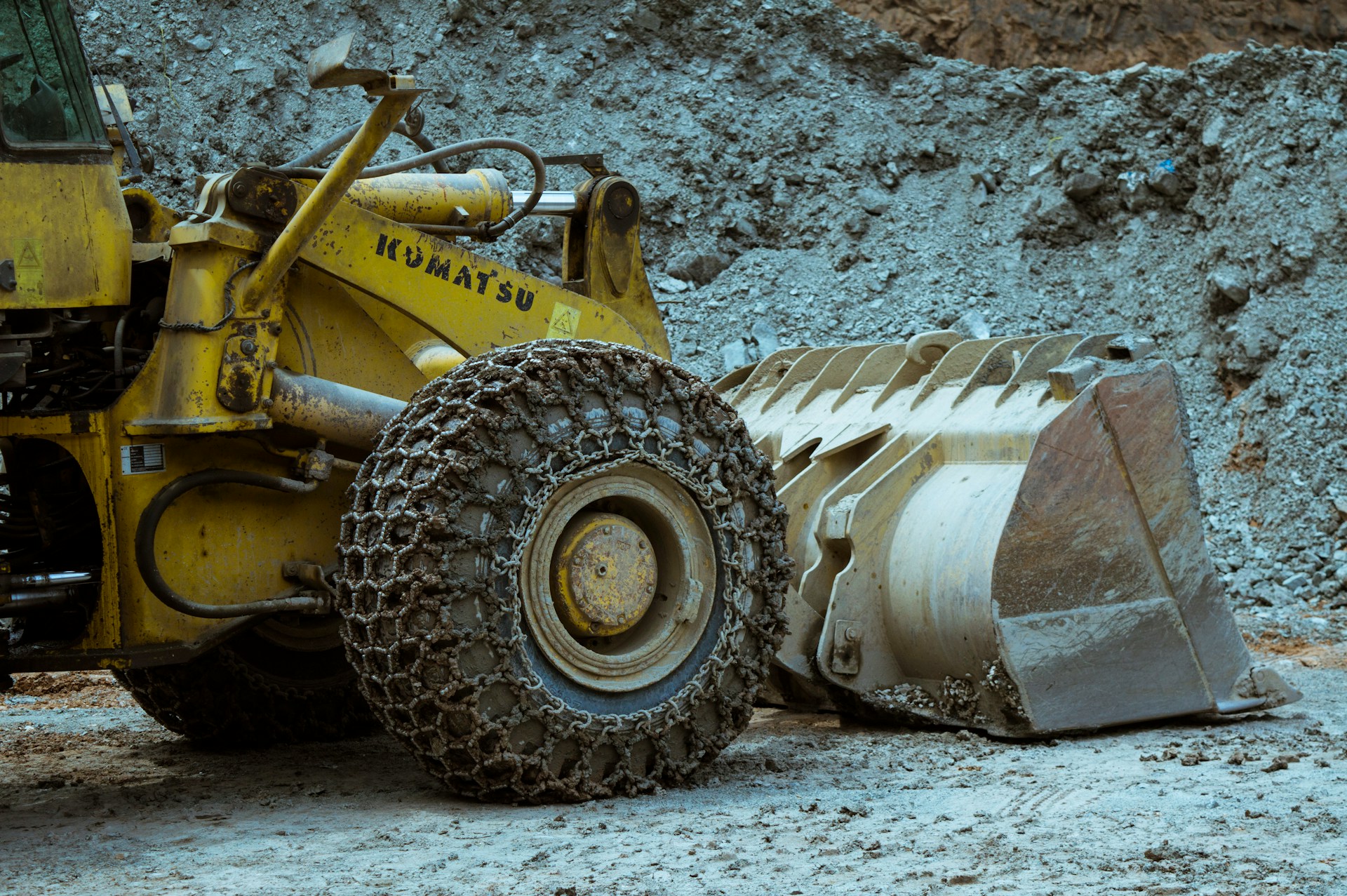
Workers started carving Mount Rushmore in 1927 and completed it in 1941. They used dynamite, jackhammers, and hand tools to shape the granite. Despite rough weather, limited funding, and safety concerns, they pushed forward. Each face took careful planning and detailed craftsmanship to complete. Their determination made the monument possible.
2. Only the Heads Were Completed
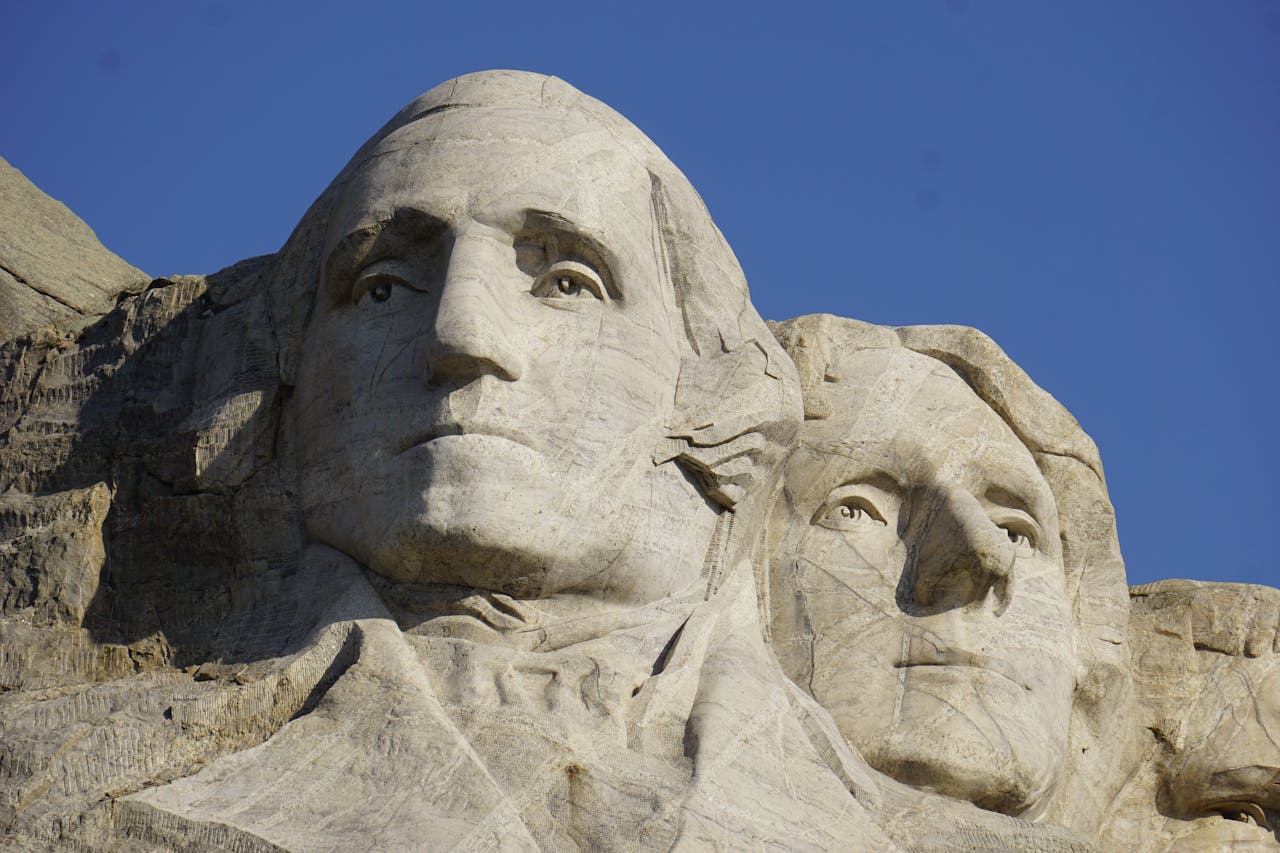
The original design showed the presidents’ upper bodies, not just their heads. But delays, budget issues, and the death of sculptor Gutzon Borglum forced the team to stop early. They finished only the faces, but even in its incomplete form, the monument gained recognition as a national symbol.
3. It Honors Four Influential Presidents
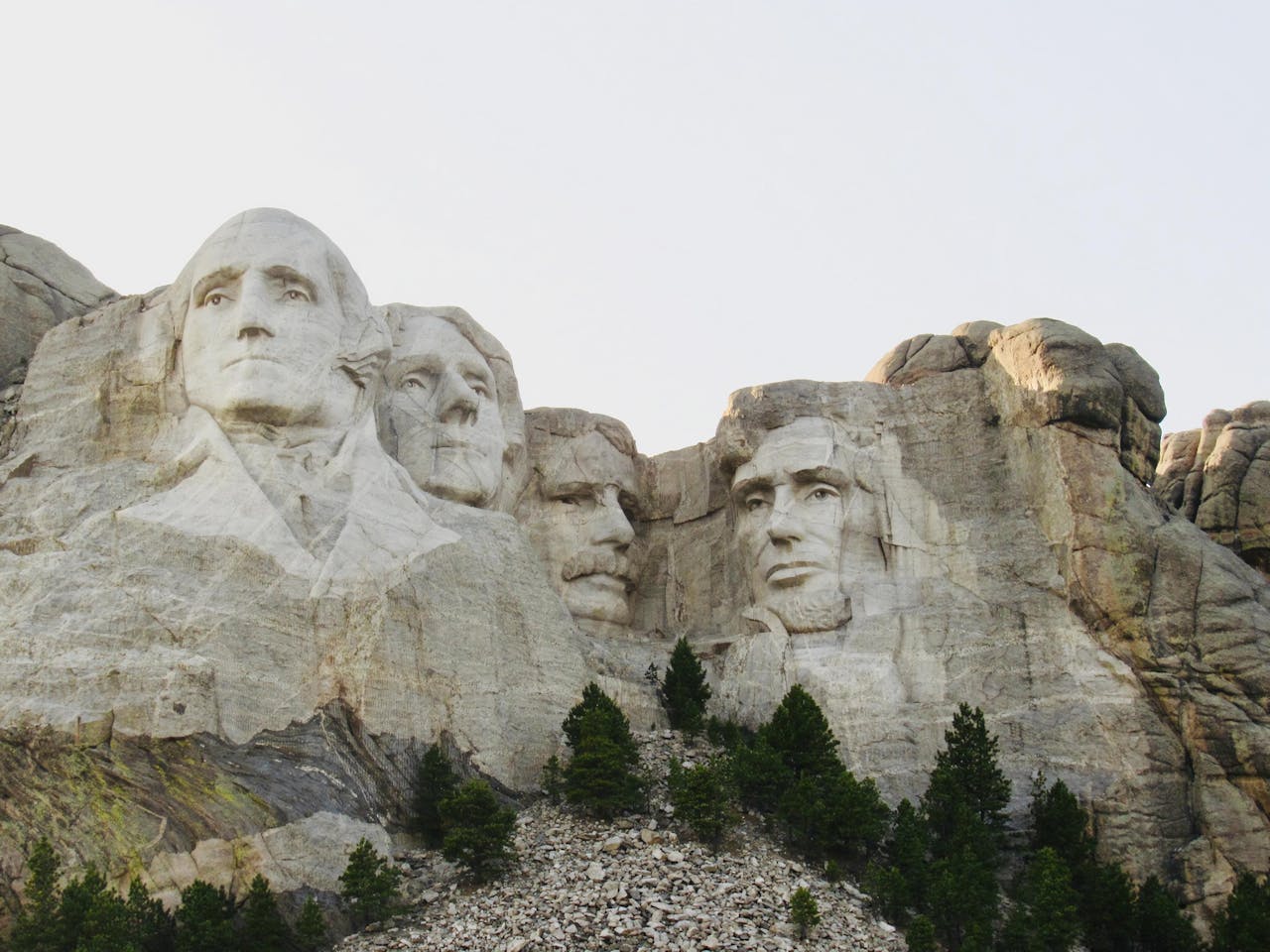
The monument features George Washington, Thomas Jefferson, Abraham Lincoln, and Theodore Roosevelt. The sculptor chose them to represent the founding, growth, unity, and development of the United States. Each face tells part of the country’s larger story and reflects major turning points in its history.
4. More Than 400 Workers Helped Build It
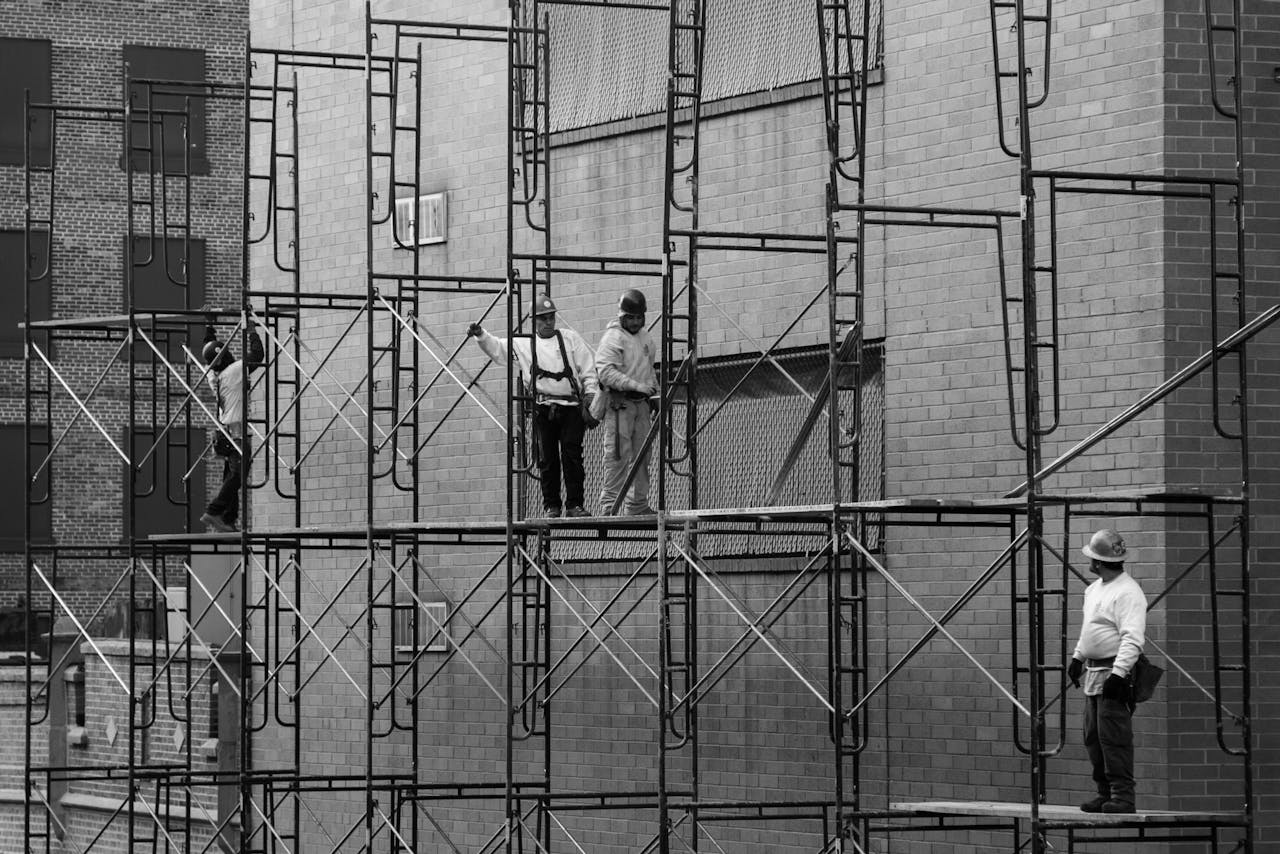
Over 400 workers helped carve Mount Rushmore. Many of them came from mining backgrounds and learned new skills on-site. They faced harsh conditions and used heavy equipment, but no one died during the entire project. Their teamwork and resilience helped shape the monument into what it is today.
5. The Monument Sits on Sacred Land
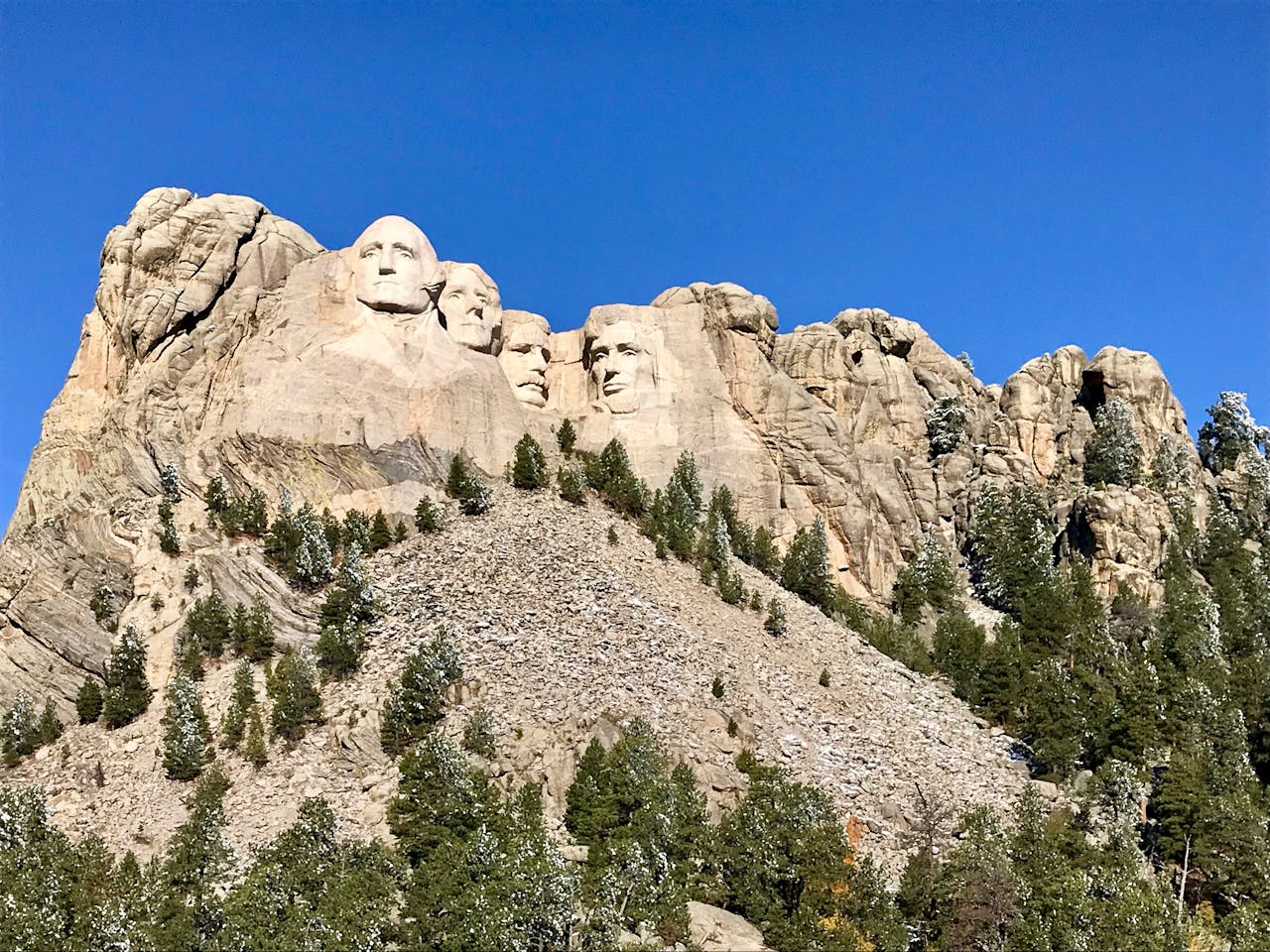
Mount Rushmore stands in the Black Hills, land sacred to the Lakota Sioux. The U.S. government took the area from Native Americans in the 1800s, leading to ongoing disputes. Many Indigenous communities see the monument as a painful reminder of broken treaties and cultural loss.
6. Thomas Jefferson Was Moved Midway

Sculptors began carving Jefferson to the right of Washington. But cracks in the granite forced them to blast away the unfinished work. They moved his face to the left side, restarting the carving process. This change added time and complexity to the already difficult project.
7. It Was Never Meant to Be Political
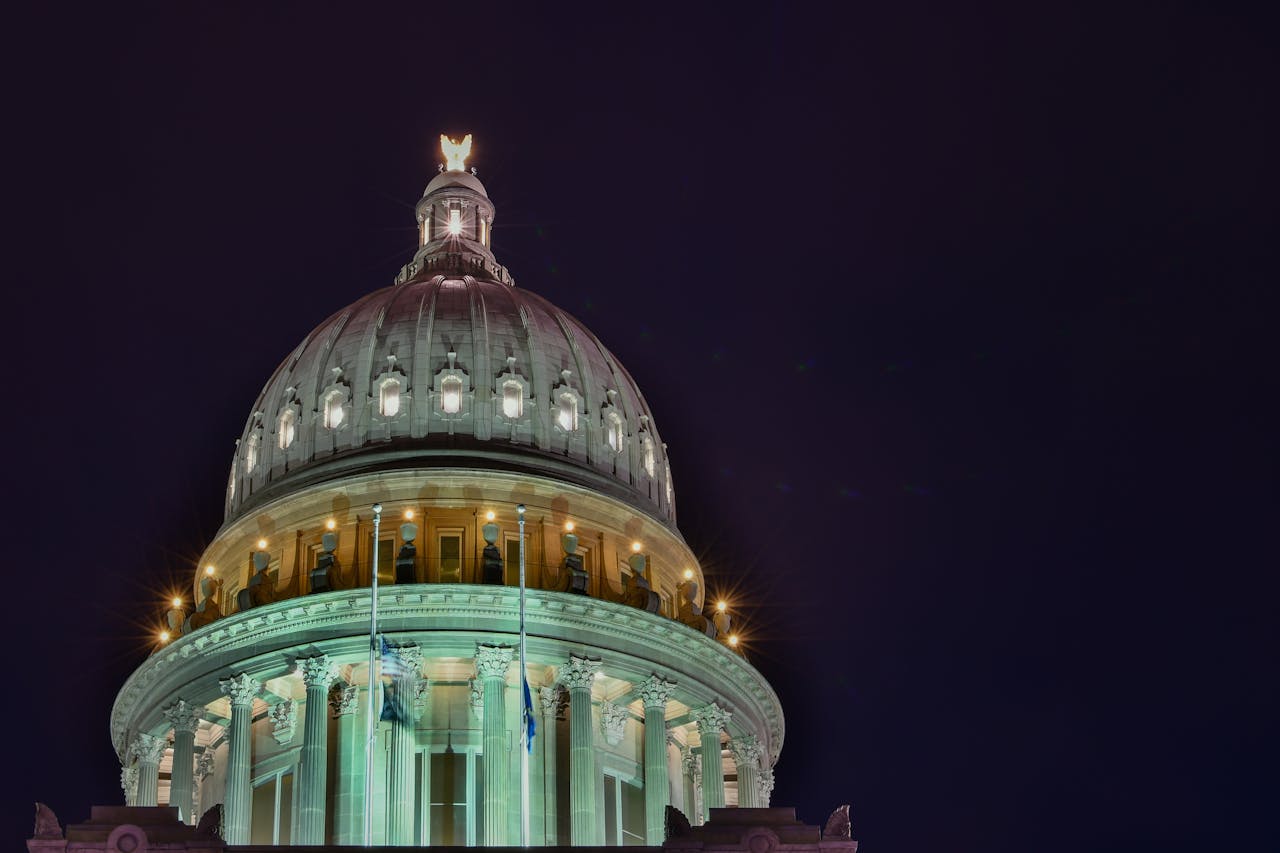
Historian Doane Robinson pitched the idea to promote tourism in South Dakota. He wanted a monument that celebrated American history. While people later attached political meaning to it, the original goal focused on attracting visitors and honoring historical achievements through art.
8. The Eyes Use Optical Illusion
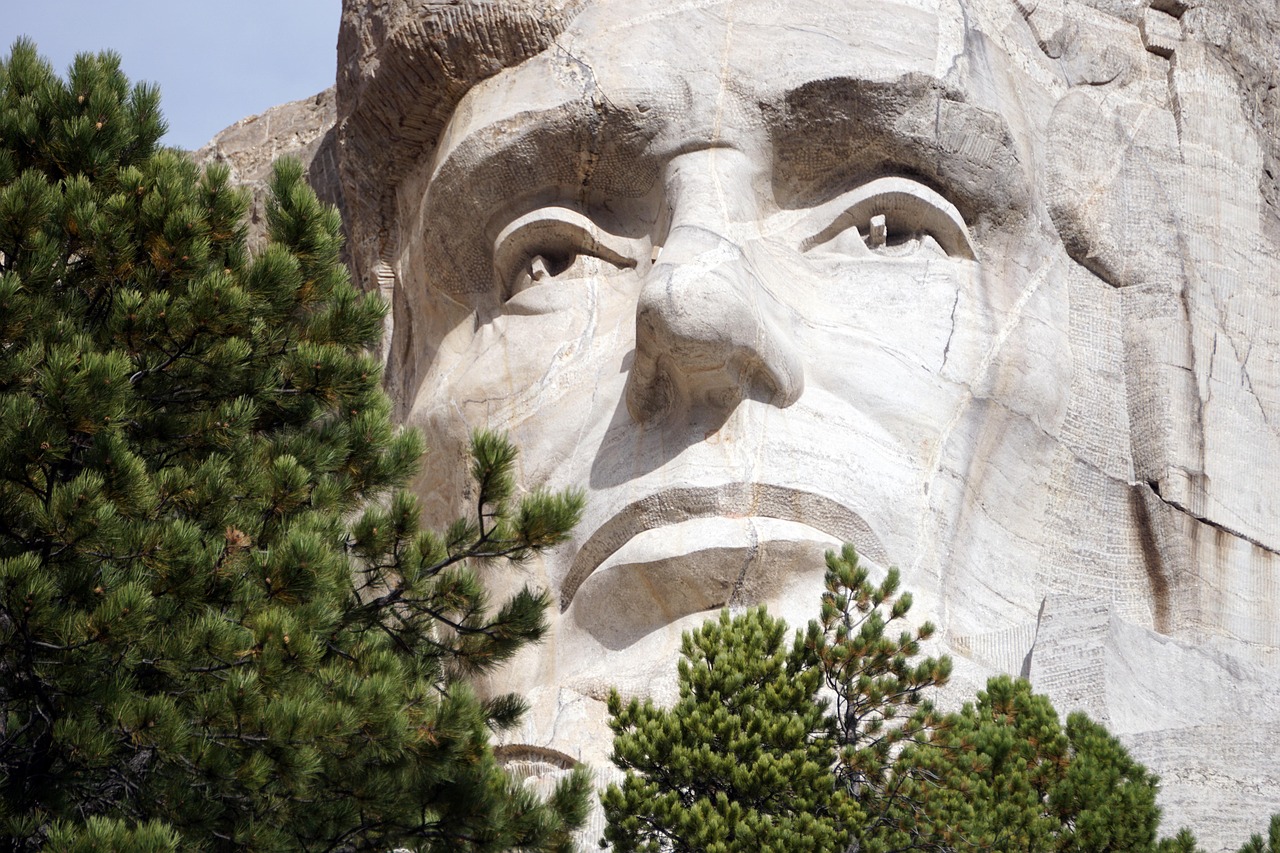
Sculptors carved granite cubes into the center of each eye to reflect light. These “pupils” give the faces a lifelike, three-dimensional look. The trick creates a realistic gaze from below, even though the faces sit hundreds of feet above ground level.
9. It Is Eroding Slowly
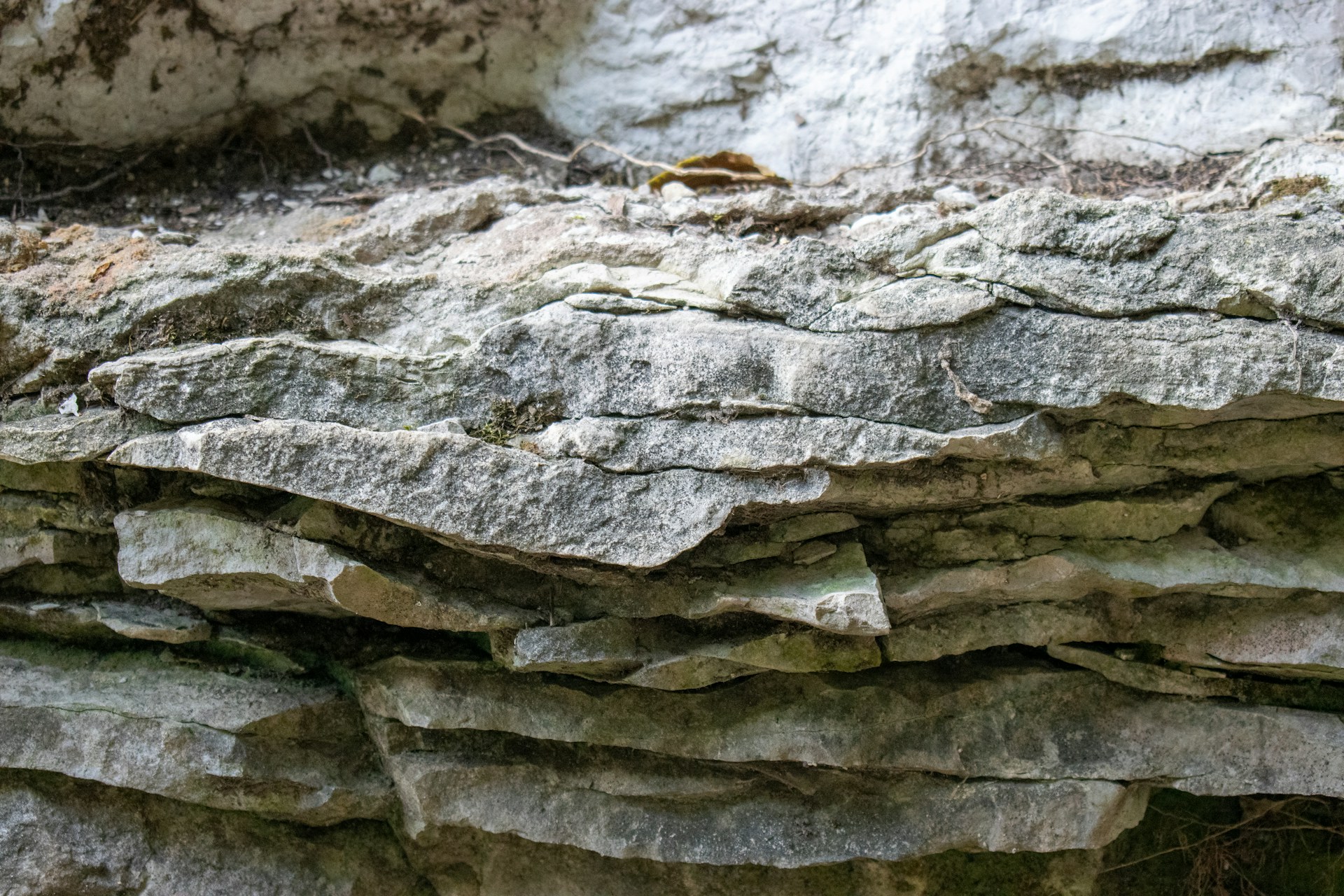
Natural forces like rain, wind, and ice slowly wear down the granite. Experts inspect the monument regularly and apply special sealants to prevent major damage. Even though erosion continues, they expect the carvings to last thousands of years with consistent care.
10. There’s a Hidden Chamber Behind Lincoln
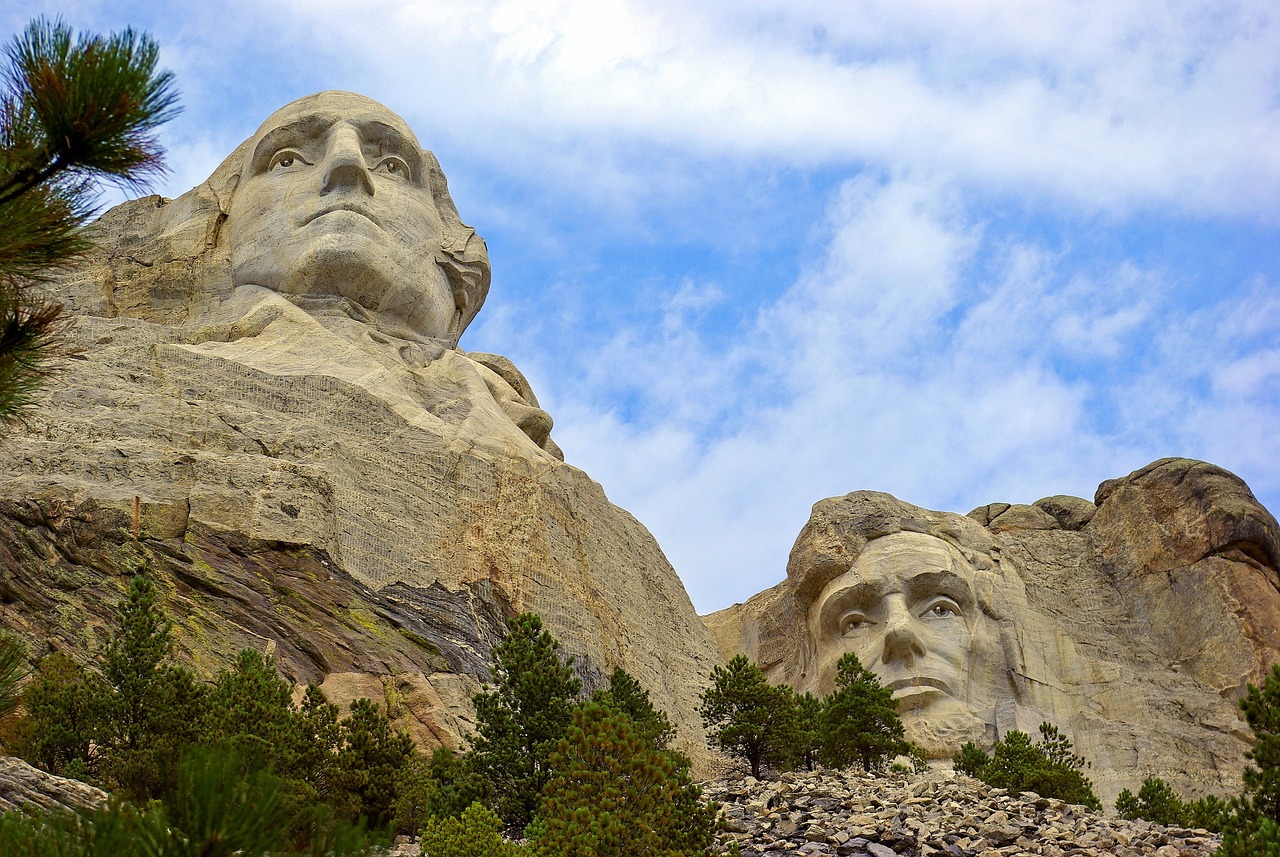
Behind Lincoln’s head, you’ll find a small chamber called the Hall of Records. Gutzon Borglum planned to store key U.S. documents there, like the Constitution. Although crews never finished the chamber, they placed a record box inside to preserve the monument’s story for future generations.
11. It Attracts Over 2 Million Visitors Each Year

Each year, more than two million people visit Mount Rushmore. Families, students, and tourists come to learn about history, admire the art, and enjoy the scenic views. The monument also hosts light shows and talks, turning it into both an educational and cultural experience.
